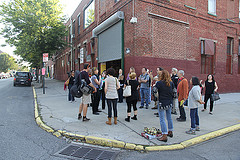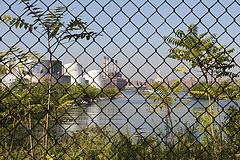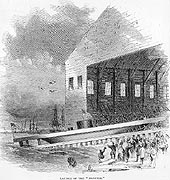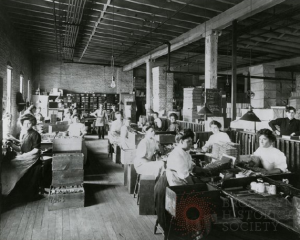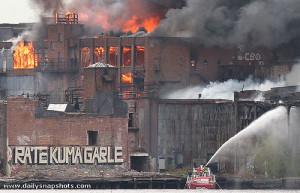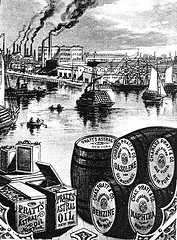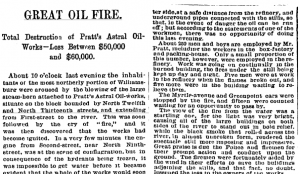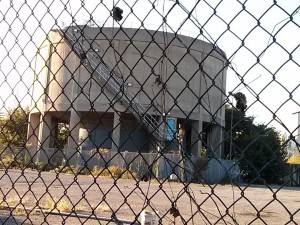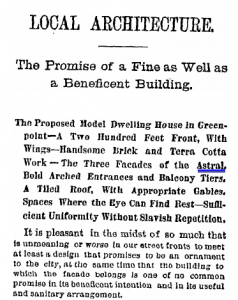Group: Jeremiah, Karen and Richard
Our group looked at Transportation. For improved transportation there isn’t one ‘perfect site.’ Transportation always requires networks and not just a single site for improvements. There are three different possible improvements we found, continuing the ferry service, adding CitiBikes, and improving local ground transportation options along the waterfront.
The East River Ferry Service is still relatively new to the neighborhood (it only began in 2011). It is still only funded in a short-term way by initial grants. Long-term ways to fund and keep the ferry operating in perpetuity need to be found. New York Waterway is a private for profit operator and on its Hudson River routes to New Jersey it does make a profit but charges extremely high price, $9 and up for the short trips across the river. Prices like this would only harm ferry service in the area we visited. Right now the East River Ferry is funded totally separately by the NYCEDC completely outside of the MTA. Ideally the East River Ferry should allow free and subsidized transfers to MTA Buses and Subways and accept whatever replacements are found for MetroCards. Unlimited Ride Pass holders should be allowed to ride the ferries for just a $1.50 step-up fee, the difference between a local transit ride and the ferry fare. Continued subsidies for the ferries could perhaps come from a special ‘ferry’ property tax paid directly by the developments adjacent to the ferry docks on waterfront that directly benefit from the ferries. It seems like the two ferry docks serving the portion of the waterfront we visited are adequate and more docks aren’t needed.
Improved ground transportation access is also needed for these waterfront communities. A short-term goal should be placing CitiBike stations at all ferry docks, all sites we visited and throughout the surrounding community as well as at nearby G and L train subway stations to allow intermodal trips to the waterfront via subway and CitiBike. Travel options are also required for those who don’t want to ride bikes down to the waterfront. The MTA has just begun a new waterfront bus route, the B32 along the stretch of the waterfront we visited, traveling via the nearest through streets. In the future this bus route could be converted to a streetcar line to serve the entire waterfront. This line could run all the way from Greenpoint to Red Hook tying the entire waterfront together. The use of streetcar technology would allow for tracks to be street running, in shared traffic or dedicated lanes along Kent Avenue and Franklin Street (perhaps rerouted via West Street directly in Greenpoint). The Streetcar tracks could also go directly through redevelopment sites, perhaps even passing through the first story of new buildings with stops providing direct access. Streetcar ROWs can be as narrow as a single track in places at about 10 feet wide. The streetcar could become both a local transit option as well as a tourist touring option along the waterfront. The system can be built primarily by special assessment taxes on new developments as well as a special property taxes on land adjacent to the tracks who’s values will increase from the building this new permanent rail option. The reason we propose a streetcar line is that it is permanent, instead of just new bus routes that are at the whims of all MTA budget shortfalls.

